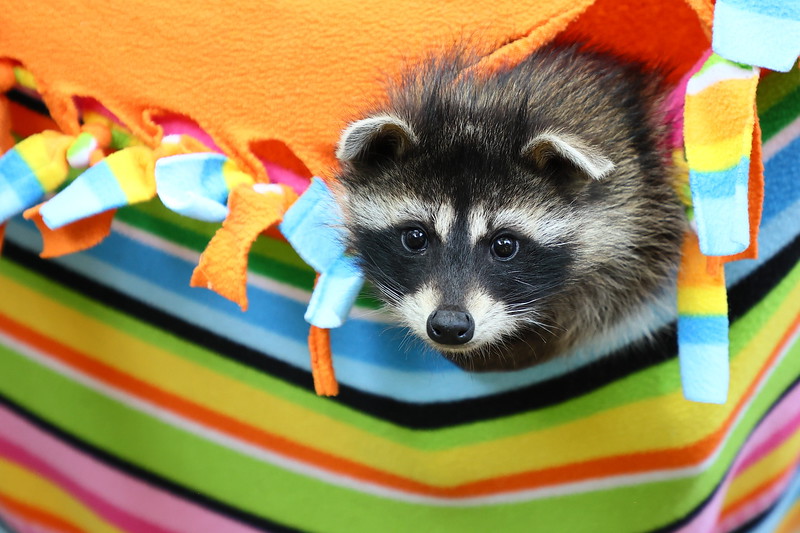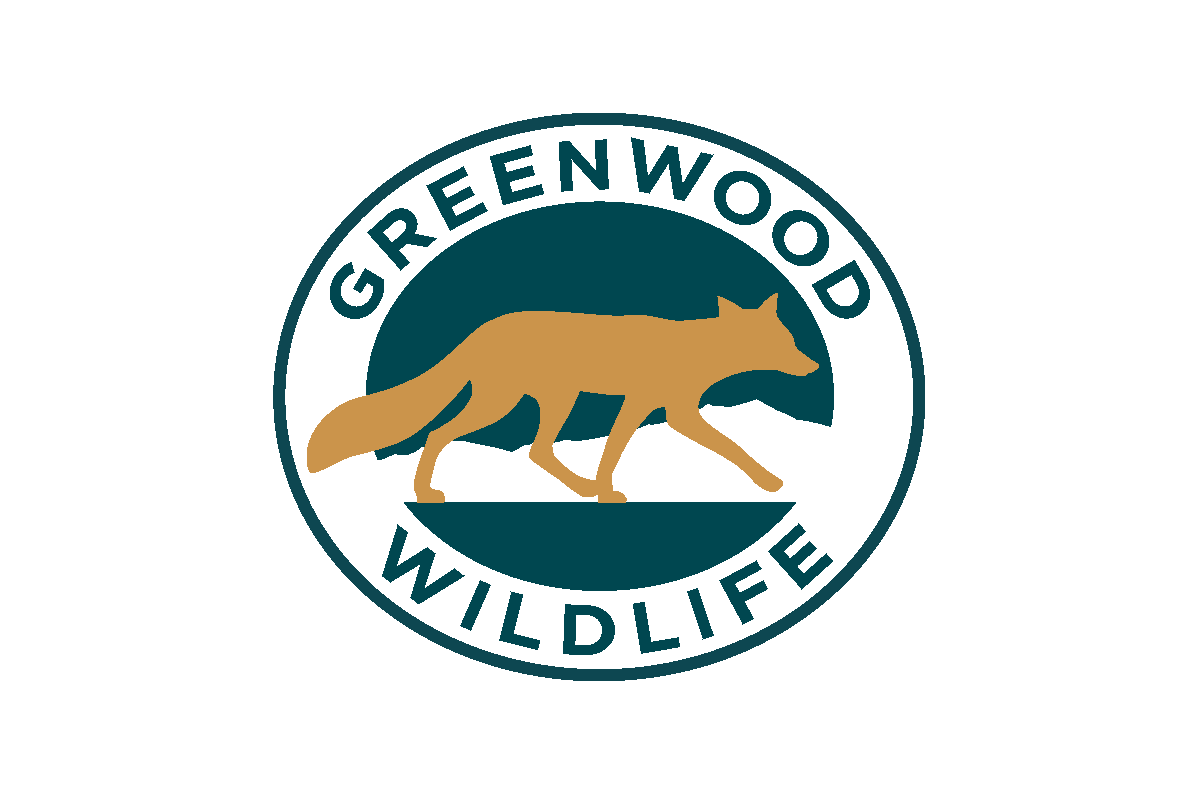
Living in Harmony
Wildlife is a vital part of the Colorado ecosystem and to the health and well-being of our lives. Greenwood encourages everyone to become environmentally responsible and appreciate the diversity of life that our state offers. We know sometimes it can be hard to know how to deal with everyday wildlife interactions in your backyard. These animals do not realize that nesting on your property provides challenges for you. If you follow this advice, you can be an everyday advocate for wildlife while ensuring your home remains safe and comfortable for your family.
Wildlife Proofing
Check Chimney Stacks and Air Vents You can buy chimney caps that will keep wildlife out. We often hear stories of raccoon families that have made their homes in chimneys. Find the caps you need at your local home improvement store or on Amazon.
Seal or Patch Your Deck The space underneath your deck is a prime spot for wildlife to call home. Beat them to the punch by covering up any access points with wire mesh panels.
Repair Holes in Roofing Seal holes before you have issues with wildlife! Check your roof and attics for possible entry points.
Cover Your Window Wells Animals can fall down into window wells and get trapped. You can buy window well covers for less than $20.
Wildlife Solutions
What if an animal is already inside my house? There are several ways to evict animals from your home humanely.
Loud Noises Play talk radio. The sounds of voices will deter them.
Odors Soak rags in one part apple cider vinegar and one part water. Place them in Ziplock bags that have been punctured with a few holes. Scatter the bags where you think the animal is residing.
Bright Lights Use flashing or bright lights in the space to disturb them. Learn more tips by calling 303-823-8455.
No Trapping
Why trapping and lethal means don’t work
1. Trapping and killing are temporary solutions that do not get to the root of the problem. Other opportunistic animals will find the space suitable for nesting and the extermination process will have to begin again.
2. Trapping is ineffective and time-consuming, often frustrating, and can cause harm. It is easier to allow a mother animal to move her litter to a new location in as little as a few hours.
3. Animal control companies won’t tell you the fate of the animal that they trapped. More often than not, trapping an animal results in their death. Not to mention, near 80% of animals relocated after being trapped do not survive.

